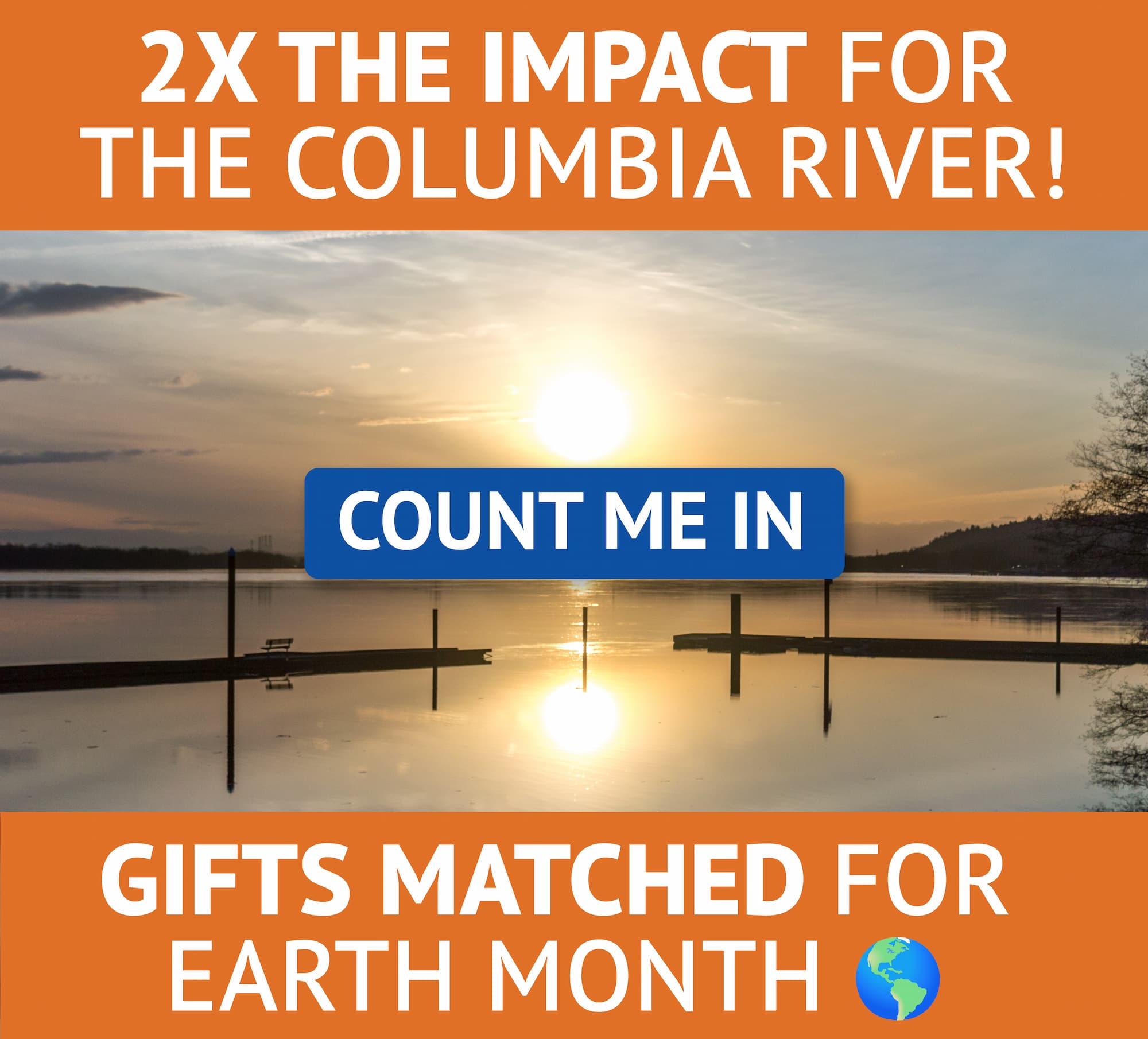Food Web
The effects of run-of-river dam spill on Columbia River microplankton
Abstract Dams, increasingly common in riverine systems worldwide, are particularly prevalent on the Columbia River (CR) in the United States. Hydroelectric projects, including both storage and run‐of‐river (i.e., minimal storage) structures, on the mainstem CR highly manage water flow, often by releasing water over (rather than through) dams as “spill.” To test the effects of run‐of‐river dam spill on microplankton abundance
Biotic vs. abiotic forcing on plankton assemblages varies with season and size class in a large temperate estuary
Abstract Large river estuaries experience multiple anthropogenic stressors. Understanding plankton community dynamics in these estuaries provides insights into the patterns of natural variability and effects of human activity. We undertook a 2-year study in the Columbia River Estuary to assess the potential impacts of abiotic and biotic factors on planktonic community structure over multiple time scales.
Variability in the vertical distribution of chlorophyll in a spill-managed temperate reservoir
Abstract Phytoplankton form the base of pelagic food webs, and as aquatic systems come under increasing pressure from environmental stressors, managers are becoming more concerned about how these pressures may result in changes to phytoplankton distribution and abundance. The vertical distribution of phytoplankton, including the phenomenon of subsurface chlorophyll a (Chl-a) maxima (SCM), is known to vary widely, with a combination of biotic and abiotic processes hypothesized to be driving this variation.
Diverse taxa of zooplankton inhabit hypoxic waters during both day and night in a temperate eutrophic lake
Abstract As the frequency and intensity of hypoxic events increase in both fresh and marine waters, understanding the ecological effects of hypoxia becomes more important. The extant literature reports varying effects of hypolimnetic hypoxia on the vertical distribution and diel vertical migration(DVM)of zooplankton, with some but not all taxa reported to avoid hypoxic waters. We studied the vertical distribution and DVM of diverse zooplankton taxa throughout three seasons over 2 years (2014 and 2015) in Lacamas Lake, WA, USA.
Zooplankton invasion on a grand scale: insights from a 20-yr time series across 38 Northeast Pacific estuaries
Abstract We present the first comprehensive analysis of the Pacific Northwest estuaries (PNWE) zooplankton time series, which encompasses 38 estuaries distributed across more than 1000 km of the North American Pacific Coast. With observations spanning more than 20 yr, we here examine biogeographic trends among zooplankton communities, patterns of biological invasion across the region, and environmental correlates with dominant native and invasive taxa.
Zooplankton invasions in the early 21st century: a global survey of recent studies and recommendations for future research
Abstract We present a comprehensive survey of the scientific literature pertaining to non-indigenous and invasive zooplankton published across the first decades of the twenty-first century (i.e., 2000–2018). We provide a concise summary of the manner in which the scientific community has allocated its efforts to this issue in recent decades, and to illuminate trends that emerge from the literature.
